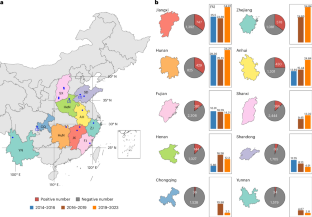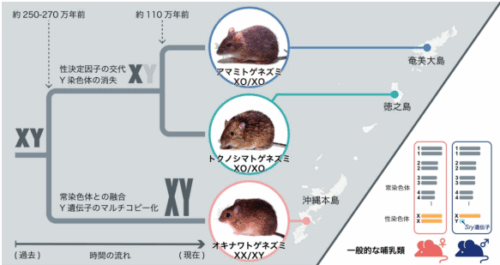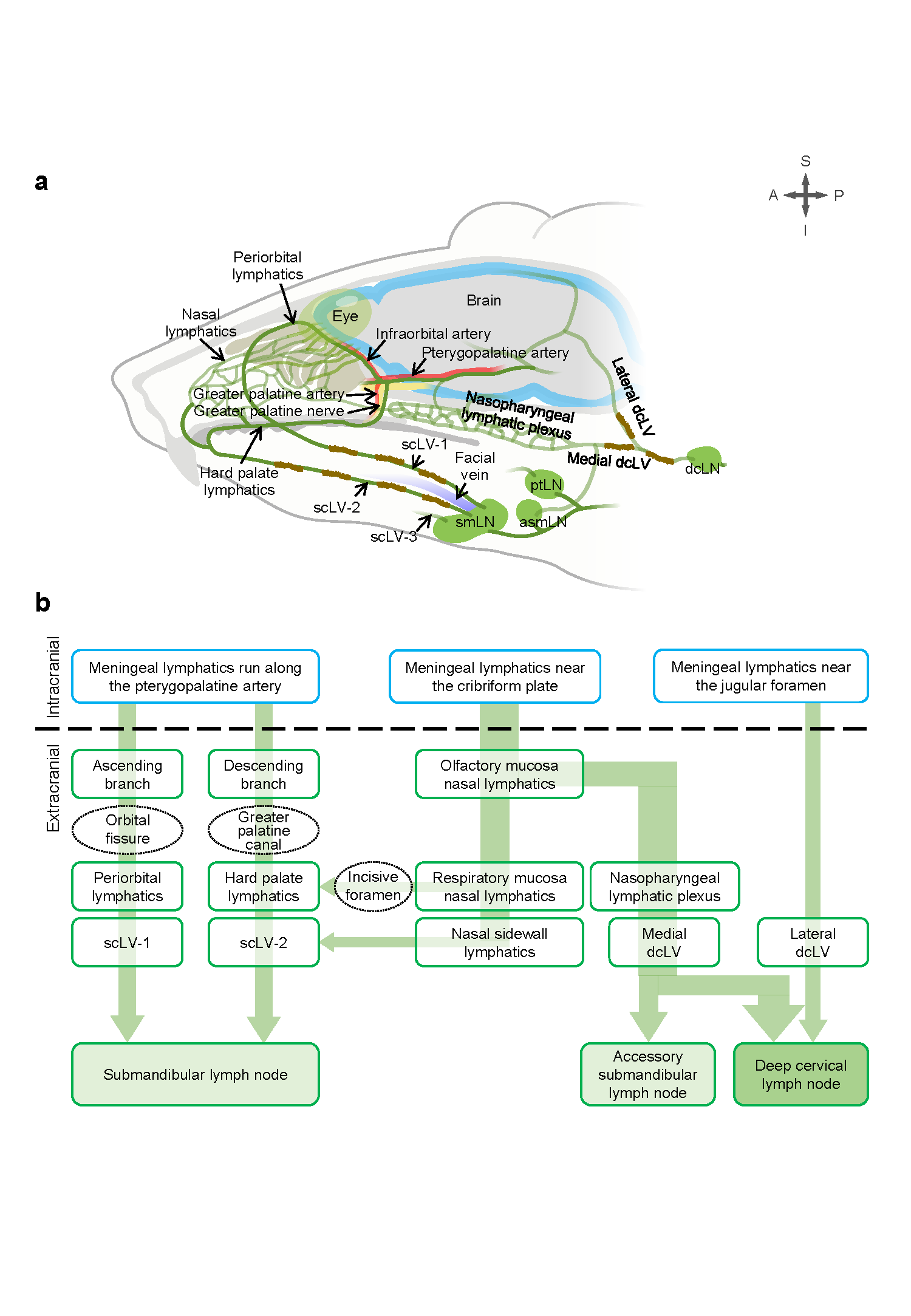2025-06-04 中国科学院(CAS)
<関連情報>
- https://english.cas.cn/newsroom/research_news/life/202506/t20250604_1044975.shtml
- https://www.nature.com/articles/s41564-025-02002-x
中国全土の家禽におけるH9N2鳥インフルエンザウイルスの遺伝的多様性と人獣共通感染への影響 Genetic diversity of H9N2 avian influenza viruses in poultry across China and implications for zoonotic transmission
Jing Yang,Juan Li,Ju Sun,Jiaming Li,Guanghua Fu,Tian Tian,Yongchun Yang,Xuancheng Lu,Shan Li,Lixia Wang,Jia Dong,Mingjia Wu,Yun Liu,Delong Li,Dongfang Hu,Hui Dong,Ruoyu Shang,Yanqing Wang,Kunpeng Yuan,Lin Ran,Honglei Sun,Wenxia Tian,Yu Huang,Jinhua Liu,… Yuhai Bi
Nature Microbiology Published:03 June 2025
DOI:https://doi.org/10.1038/s41564-025-02002-x

Abstract
Nationwide surveillance of avian influenza viruses (AIVs) in live poultry markets across China has occurred since 2014, providing a resource for AIV prevalence and genetic diversity studies. Here we report that 3,237 of 18,425 samples from poultry were AIV positive (17.57%) between 2019 and 2023, with H9N2 being the dominant subtype. We developed an automated phylogeny-based nomenclature system to classify genetic clades of the dominant H9N2 lineage, the BJ94 lineage. Using this model, we found that ten haemagglutinin (HA) sub-subclades cocirculated in poultry and showed antigenic variation. In addition, 99.46% and 96.17% of H9N2 AIVs in 2021–2023 possessed human-receptor binding-related HA-L226 and human MxA-resistance-related NP-N52 mutations, respectively. H9N2 strains with these two mutations preferred human-type receptors and increased replication in human cells in vitro, regardless of the presence of PB2-V/K/E627. Moreover, H9N2 AIVs containing HA-L226, PB2-V/K627 and NP-N52 were transmitted from infected to naive guinea pigs and ferrets through direct contact and respiratory droplet. This highlights the potential zoonotic risks of H9N2 AIVs.


